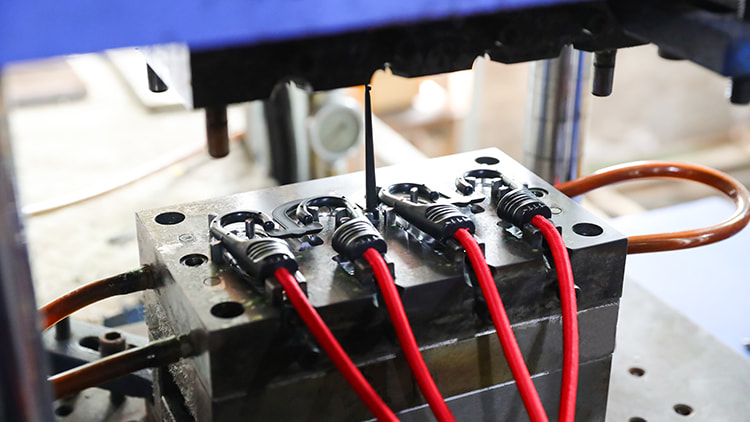Elastic flat bungee cords can generally be used for water-related activities, but their resistance to water and potential for water damage can depend on the specific materials used in their construction. Here are some factors to consider:
Material Composition: Check the materials used in the construction of the elastic flat bungee cords. Many cords are made from materials that are resistant to water damage, such as rubber or synthetic elastomers.
Coating or Treatment: Some elastic bungee cords may have a water-resistant coating or treatment that helps protect them from moisture. This can be beneficial for water-related activities.


UV Resistance: Consider whether the cords are UV-resistant, as exposure to sunlight can affect the longevity and performance of bungee cords. UV-resistant materials are generally more durable in outdoor environments.
Metal Components: If the bungee cords have metal components like hooks, check if they are made from corrosion-resistant materials to prevent rusting in wet conditions.
Manufacturer's Recommendations: Review the manufacturer's specifications and recommendations regarding the use of the Elastic flat bungee cords in water or wet conditions. They may provide guidelines on the limits of exposure.
Drying After Use: After exposure to water, it's a good practice to allow the bungee cords to dry thoroughly before storing them. This can help prevent the growth of mold or mildew.

 EN
EN  Español
Español get a free quote
get a free quote

















